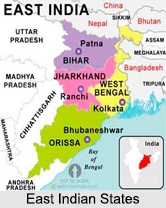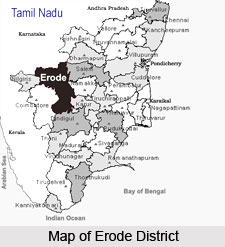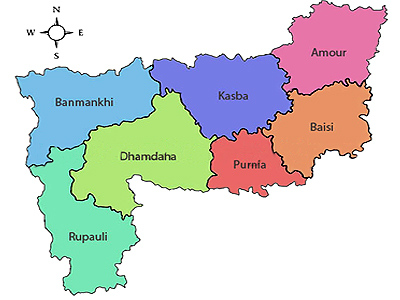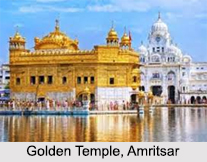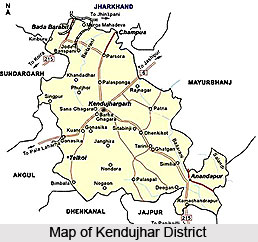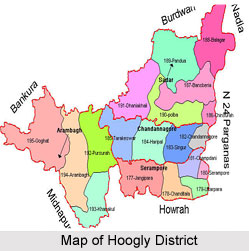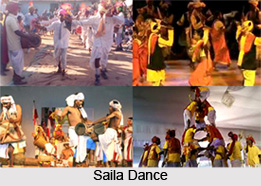 Culture of Surguja District is basically influenced by the tribal traditions and religious beliefs of the region. Culture of this district of Chhattisgarh is indigenous and very unique. There are several popular traditional dance forms that are performed by the people on certain occasions.
Culture of Surguja District is basically influenced by the tribal traditions and religious beliefs of the region. Culture of this district of Chhattisgarh is indigenous and very unique. There are several popular traditional dance forms that are performed by the people on certain occasions.
Saila Dance
This Saila Dance is performed on several occasions, like, in any popular public functions, National festivals, Vijay rallies of any political leaders, etc. Only male members participate in this dance. Dance is performed in a group, all of them holding two hard bamboo sticks in their hands; strike the sticks of the adjacent persons, either of his right or left, which also make a sweet sound. They have a unique interval of striking the sticks so that sound of the sticks should come out together. Participants are dressed in traditional attires like dhoti-kurta and pagdi. The dance is also performed in the month of January at the end of cutting of crops.
Suwa Dance
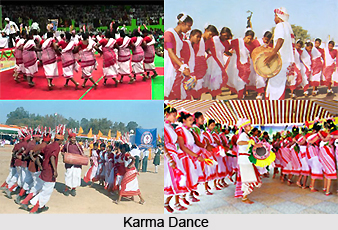 The aim of this dance is to please the goddess of the wealth and also to express the thoughts of hearts of young marriageable girls. They dance in every house of the village and at the owner`s house also who provides them rice, paddy or money, as to thank goddess. Their songs carry a touchy meaning and the effect is that whenever a marriageable young boy listens this song and watch a young girl dancing he puts a proposal before his parents. And the parents of the boy send a message via a messenger about the desire of their son. And the consent of the parents of the girl results in their marriage.
The aim of this dance is to please the goddess of the wealth and also to express the thoughts of hearts of young marriageable girls. They dance in every house of the village and at the owner`s house also who provides them rice, paddy or money, as to thank goddess. Their songs carry a touchy meaning and the effect is that whenever a marriageable young boy listens this song and watch a young girl dancing he puts a proposal before his parents. And the parents of the boy send a message via a messenger about the desire of their son. And the consent of the parents of the girl results in their marriage.
Karma Dance
There are different types of Karma dance. The dancing system is recognized by the various cast groups. Urban tribal have their system of dancing. Male and female are chained together and form a circle in the dance. The name Karma is drawn from the name of a tree Karma. The branch of a tree is carried by the dancers and is passed among them while singing and dancing. This branch should not touch the earth. It is washed with milk and rice bear. Then it is taken in the middle of the dancing arena. All members of the caste dance for whole night in the praise of the karma. According to some legends, Karma tree is a symbol of good luck and fortune.
Surguja District has a deep culture of songs and dances. These dances constitute a significant part of the fairs and festivals celebrated in Surguja District.
